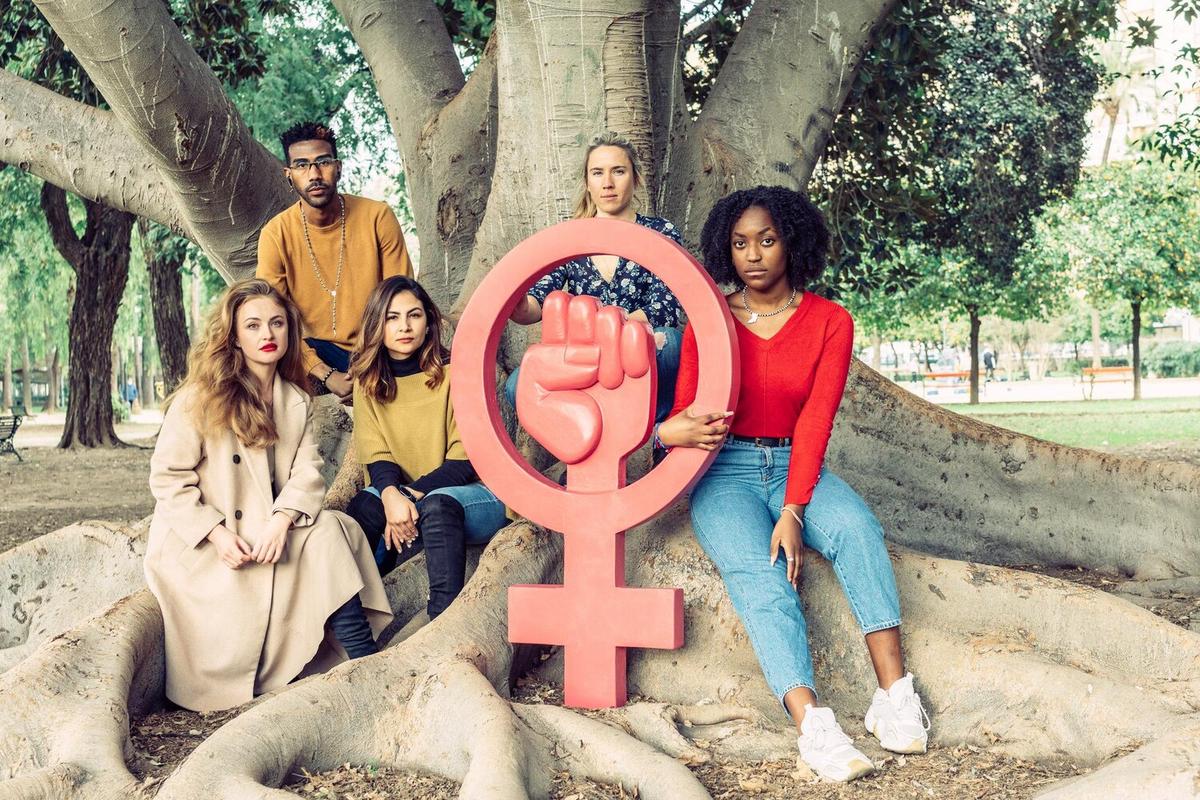
The Role of Gender Roles in Contemporary Relationships
As modern relationships evolve, the traditional gender roles that once defined them are being reexamined and redefined. In the face of changing societal norms and expectations, couples today are finding new ways to navigate the complexities of partnership.
Understanding Gender Roles in Modern Relationships
Gender roles have long been a cornerstone of relationships, dictating behaviors and expectations for both men and women. Historically, men were often seen as providers, while women were expected to be caregivers. However, these roles are increasingly fluid in contemporary society, allowing for greater flexibility and equality.
Expert Insights
Dr. Lisa Wade, a sociologist who studies gender and sexuality, notes that “the shift in gender roles is allowing couples to form partnerships based on mutual respect and shared responsibilities.” This shift is supported by a 2021 study from the Pew Research Center, which found that 71% of people believe that sharing household responsibilities is crucial for a successful marriage.
Statistics and Research Findings
According to a survey conducted by the American Sociological Association, 60% of heterosexual couples now report sharing household chores, compared to just 30% in the 1990s. This indicates a significant movement towards equality within the home.
Personal Anecdotes
Consider the story of Emily and Marcus, a couple who decided early in their relationship to divide responsibilities based on personal strengths rather than traditional gender roles. Emily, who loves cooking, takes charge of meal preparation, while Marcus, who enjoys organizing, manages the household logistics. Their approach has led to a more harmonious partnership.
Actionable Tips for Couples
- Communicate openly about expectations and responsibilities.
- Identify each partner’s strengths and interests to divide tasks effectively.
- Be flexible and willing to adapt roles as circumstances change.
Comparison Table: Traditional vs. Contemporary Gender Roles
| Aspect | Traditional Roles | Contemporary Roles |
|---|---|---|
| Household Chores | Primarily women | Shared by both partners |
| Financial Provision | Primarily men | Shared by both partners |
| Childcare | Primarily women | Shared by both partners |
| Decision Making | Primarily men | Collaborative |
| Emotional Support | Primarily women | Shared by both partners |
| Caregiving | Primarily women | Shared by both partners |
| Career Focus | Primarily men | Shared by both partners |
| Social Expectations | Rigid | Flexible |
FAQs on Gender Roles in Relationships
Are traditional gender roles still relevant?
While some couples may still adhere to traditional roles, many find that contemporary roles allow for greater equality and satisfaction.
How can couples effectively negotiate gender roles?
Open communication and a willingness to adapt are key to negotiating roles effectively.
Conclusion
The evolution of gender roles in contemporary relationships is fostering partnerships that are more equitable and fulfilling. By embracing flexibility and open communication, couples can navigate the complexities of modern life together. As societal norms continue to evolve, so too will the ways in which couples define and manage their roles, creating relationships that are both dynamic and resilient.


